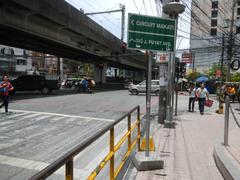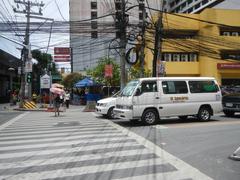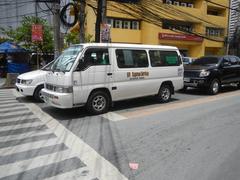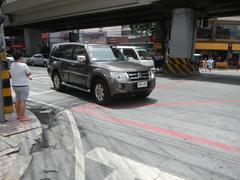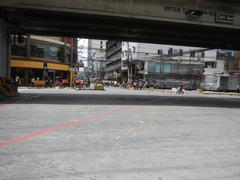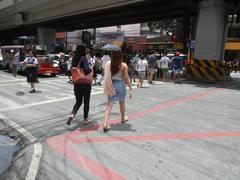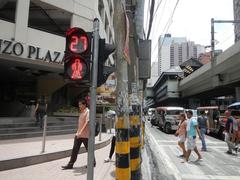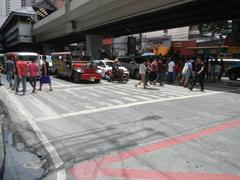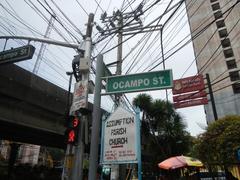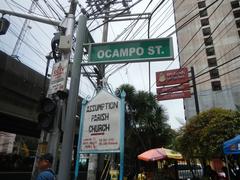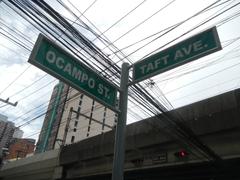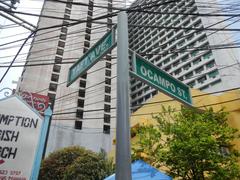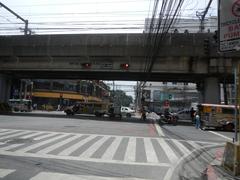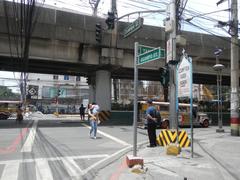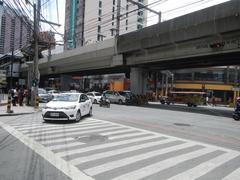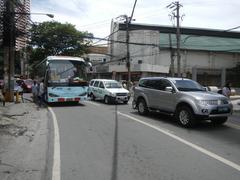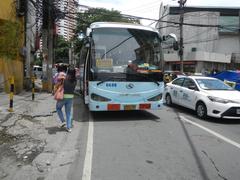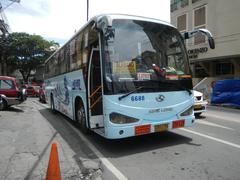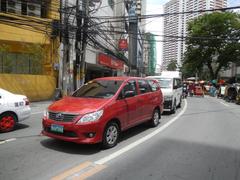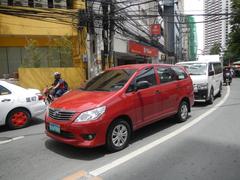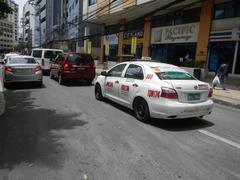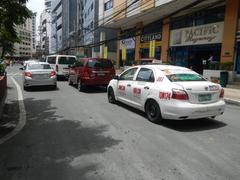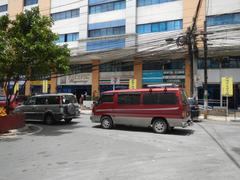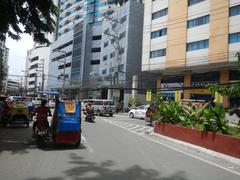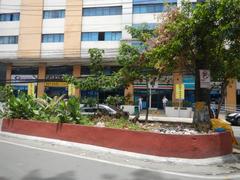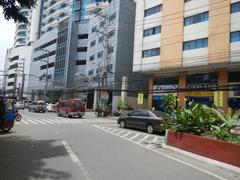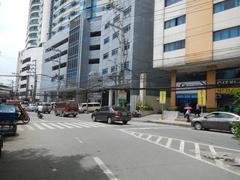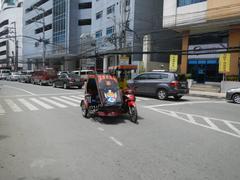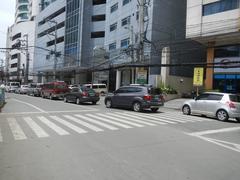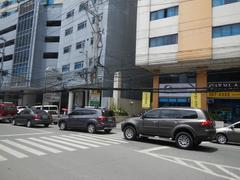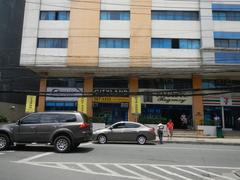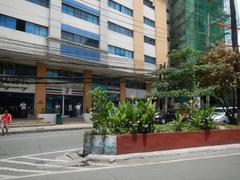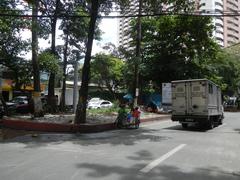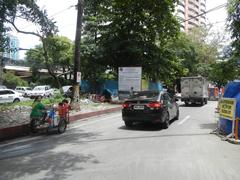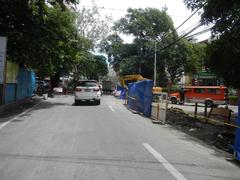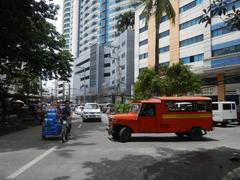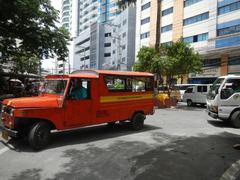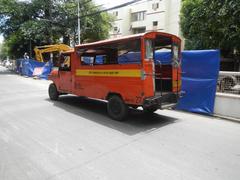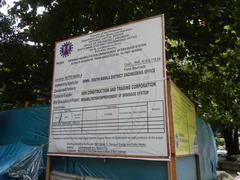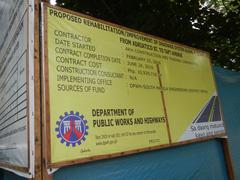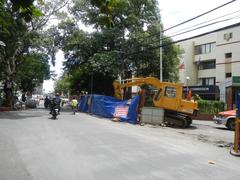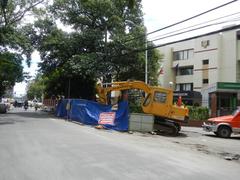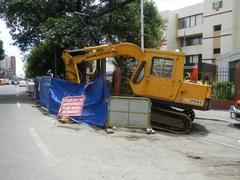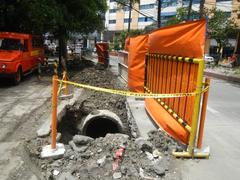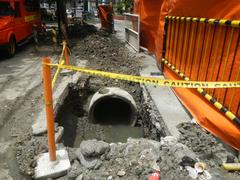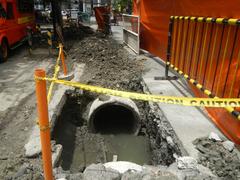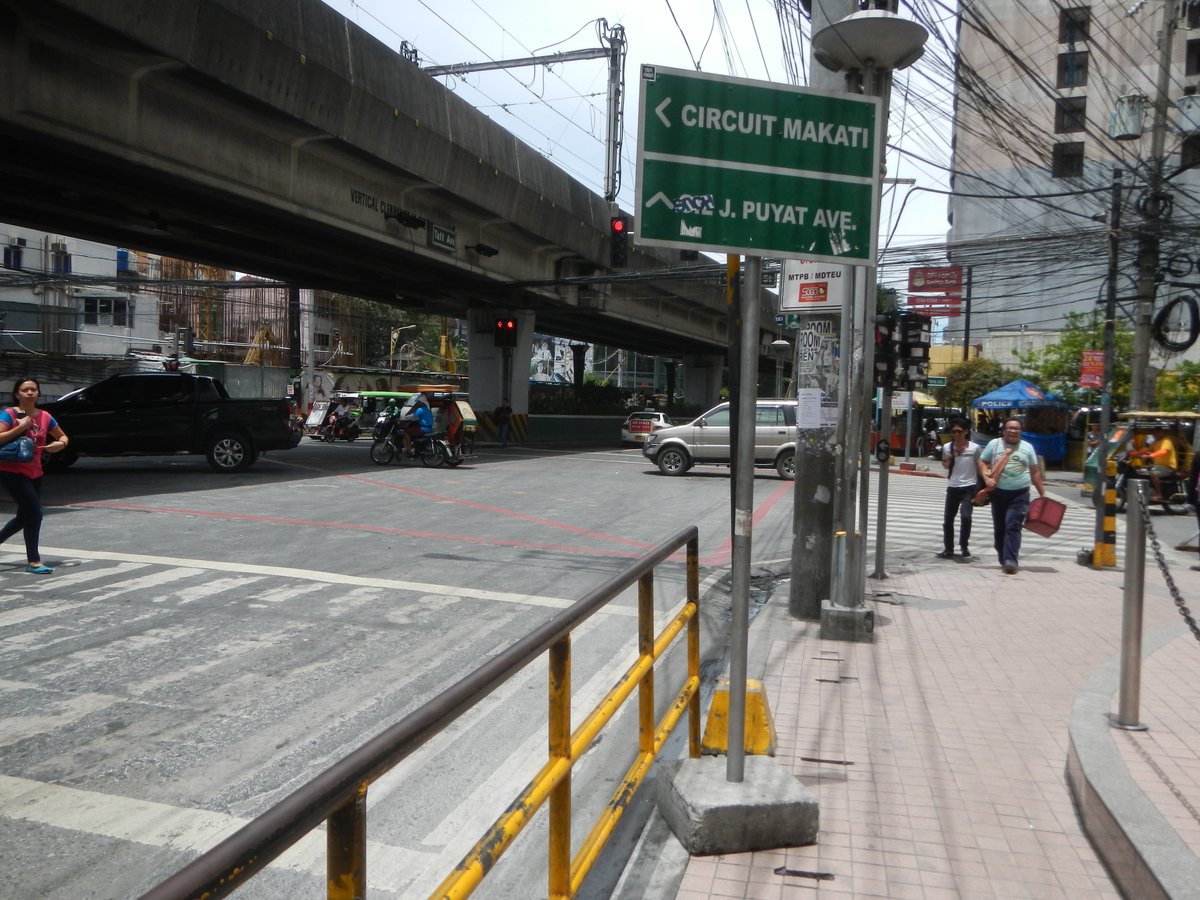
Pablo Ocampo Street: Comprehensive Visitor Guide, Landmarks, History, and Practical Information
Date: 15/06/2025
Introduction
Pablo Ocampo Street—formerly Vito Cruz Street—is a dynamic and historically rich thoroughfare in Metro Manila. Stretching about 3.5 kilometers, it connects the districts of Malate and San Andres in Manila to the vibrant neighborhoods of Makati. This street is a living testament to Manila’s evolution, seamlessly blending prominent historical landmarks, educational institutions, creative hubs, and a thriving urban lifestyle. Whether you’re a history enthusiast, sports fan, art lover, or simply a curious traveler, this guide provides everything you need to explore Pablo Ocampo Street with confidence and appreciation.
Table of Contents
- Introduction
- Historical Background & Urban Development
- Key Landmarks and Attractions
- Visitor Information
- Urban Challenges & Preservation
- Frequently Asked Questions
- Conclusion
- Useful Links & Official Sources
Historical Background & Urban Development
Origins and Naming
Pablo Ocampo Street was once Vito Cruz Street, named after Hermenegildo Vito Cruz, a 19th-century mayor. Its current name honors Pablo Ocampo (1853–1925), a Filipino lawyer, legislator, and nationalist who was instrumental in the country’s early 20th-century political development (Inquirer).
Early Urban Landscape
The street’s surroundings were rural in the early 20th century, with rice fields and scattered dwellings close to a shoreline that has since been reclaimed and urbanized. Early roads like Calle Real and Calle Nueva ran parallel to the bay, highlighting a vastly different landscape than today (Traveler on Foot).
American Influence & the Burnham Plan
After the Filipino-American War, Manila’s city planning adopted American models, notably through the Burnham Plan of 1905. This vision introduced wide boulevards and a grid pattern. Streets in Malate—including what became Pablo Ocampo—were initially named after U.S. states, later renamed to honor Filipino heroes, marking a shift in national identity (Traveler on Foot).
Postwar Transformation
World War II devastated Manila, prompting extensive reconstruction. Pablo Ocampo Street’s development accelerated, especially with landmarks like the Rizal Memorial Sports Complex being rebuilt and expanded. Its extension into Makati connected Manila’s historic heart to new commercial and residential developments, including creative spaces like Comuna (Mapcarta, Spot.ph).
Renaming and Cultural Significance
The street’s renaming to Pablo Ocampo reflects the city’s effort to honor Filipino leadership and heritage post-independence. Despite this, many locals still call it “Vito Cruz,” a testament to Manila’s layered history (Traveler on Foot).
Key Landmarks and Attractions
Rizal Memorial Sports Complex
- Description: An Art Deco national historical site and hub for sports and heritage.
- Facilities: Rizal Memorial Stadium (football/athletics), Coliseum (indoor sports), and Baseball Stadium.
- Visiting Hours: 6:00 AM – 9:00 PM daily.
- Tickets: Generally free entry; special events may require tickets (₱50–₱500). (Philippine Sports Commission)
- Access: Near the intersection of Pablo Ocampo and Adriatico Streets.
Comuna Creative Space
- Location: 238 Pablo Ocampo Sr. Extension, Makati.
- Overview: A modular arts and community hub fostering collaboration among artists and creatives, with open green spaces and exhibition areas.
- Visiting Hours: Regular business hours; check with Comuna Creative Space for schedules.
Educational Institutions
- De La Salle University (DLSU): Founded 1911; a leading university with a vibrant student community.
- St. Scholastica’s College: Known for its music program and social advocacy.
- Campus Visiting Hours: 8:00 AM – 5:00 PM; check for public access or guided tours.
Other Notable Sites
- Cultural Center of the Philippines (CCP): Premier venue for arts and culture; accessible via Roxas Boulevard.
- Ramon Magsaysay Center: Iconic mid-century building (office hours, no public tours).
- San Isidro Labrador Parish Church: Open 6:00 AM – 8:00 PM; free admission.
- Jaime Velasquez Park (Salcedo Park): Nearby urban park with the Salcedo Weekend Market.
Visitor Information
How to Get There
- LRT-1: Vito Cruz Station (Taft Avenue intersection); PNR Vito Cruz Station also nearby.
- Jeepneys/Buses: Plentiful routes pass along or near Pablo Ocampo Street.
- Ride-Hailing: Grab and taxis are widely available; “Vito Cruz” remains a commonly used address.
Visiting Hours & Tickets
- Rizal Memorial Sports Complex: 6:00 AM – 9:00 PM. Free unless an event is scheduled.
- Comuna: Generally open during business hours; check their page for specific events.
- DLSU/St. Scholastica’s: 8:00 AM – 5:00 PM, weekdays.
- CCP: 9:00 AM – 6:00 PM; event schedules may extend hours.
Accessibility
- Major landmarks offer ramps and accessible facilities, though some sidewalks may be uneven.
- Public transit runs from early morning (around 7:00 AM) to late evening (last trips near 1:46 AM).
- Plan ahead if you have mobility concerns.
Tips for Visitors
- Visit early mornings or late afternoons to avoid traffic and heat.
- Wear comfortable shoes and bring sun protection.
- Stay alert in crowded areas, especially after dark.
- Use reputable transport and keep valuables secure.
- During the rainy season (June–November), check weather forecasts, as flooding may occur.
Urban Challenges & Heritage Preservation
Pablo Ocampo Street faces urban challenges, including heavy traffic and infrastructure modernization. Restoration projects for key sites—especially the Rizal Memorial Sports Complex—are ongoing, led by community groups and government agencies. Visitors can support these efforts by respecting site rules and choosing heritage-conscious businesses (Philippine Sports Commission).
Frequently Asked Questions
Q: Are there entrance fees for the Rizal Memorial Sports Complex?
A: Entrance is free except during special events, when ticket prices vary.
Q: What are the best hours to visit Pablo Ocampo Street’s landmarks?
A: Most are open from morning until early evening; check specific sites for details.
Q: Is it safe to walk along Pablo Ocampo Street?
A: Generally safe during the day; avoid walking alone late at night.
Q: Are guided tours available?
A: Yes, by appointment at the Rizal Memorial Sports Complex; CCP offers tours aligned with performance schedules.
Q: Is the street accessible for persons with disabilities?
A: Main landmarks have accessibility features, but not all sidewalks are fully accessible.
Visual and Interactive Resources
- High-quality images: Rizal Memorial Sports Complex, Comuna, De La Salle University, Vito Cruz LRT Station.
- Interactive map: Highlights key landmarks, transport stations, and nearby attractions.
- Alt text examples: “Rizal Memorial Sports Complex entrance on Pablo Ocampo Street,” “Comuna creative hub Makati.”
- Virtual tours: Available on the official websites of the Rizal Memorial Sports Complex and CCP.
Conclusion
Pablo Ocampo Street is more than a major road—it is a living narrative of Manila’s rich heritage and vibrant urban culture. From historic sports venues and artistic spaces to academic institutions and bustling markets, this corridor offers a microcosm of Metro Manila’s diversity. Plan your visit ahead, utilize public transportation, and immerse yourself in the unique blend of old and new that defines Pablo Ocampo Street.
For up-to-date schedules, safety alerts, and insider travel tips, download the Audiala app and follow us on social media. Explore more Manila guides and deepen your appreciation for this remarkable urban artery.
Useful Links & Official Sources
- Did you know Vito Cruz to Pablo Ocampo Street, Inquirer
- Old Street Names of Manila, Traveler on Foot
- Comuna Creative Space in Makati City, Spot.ph
- Pablo Ocampo Street Map, Mapcarta
- Philippine Sports Commission - Rizal Memorial Sports Complex
- De La Salle University Official Website
- St. Scholastica’s College Official Website
- Manila Light Rail Transit Authority (LRT-1)
- Philippine National Railways (PNR)
- Guide to the Philippines - Makati City Tourist Spots
- ONLOOQ’s transportation guide
- ASEF Culture360’s city profile
